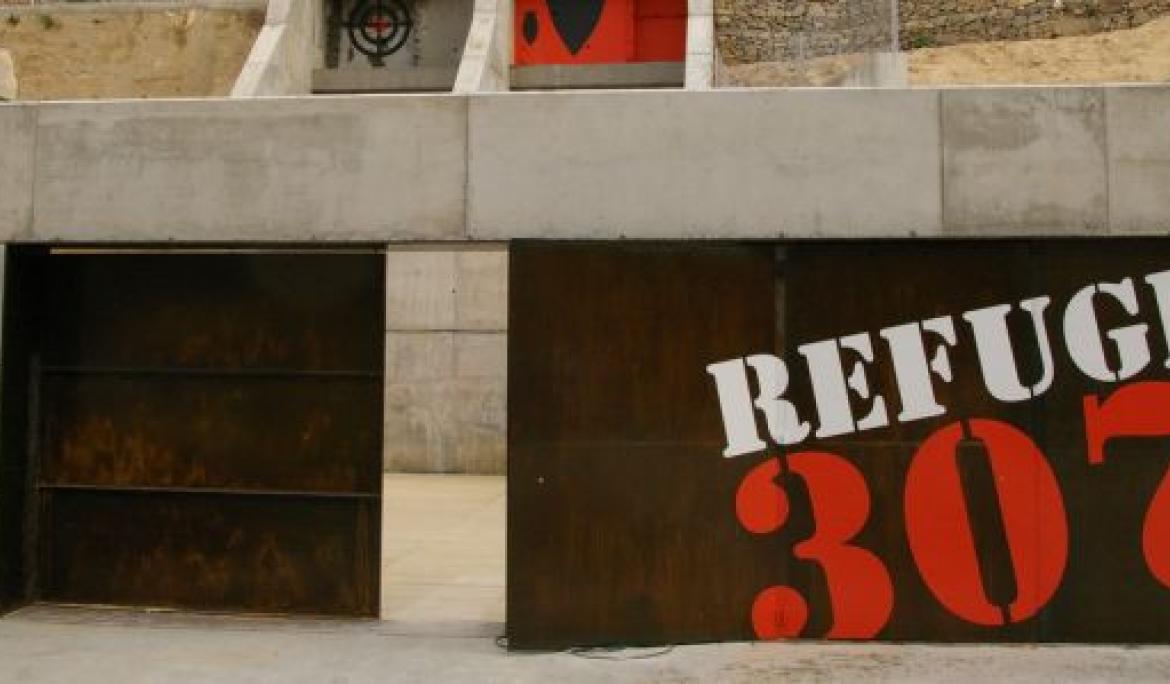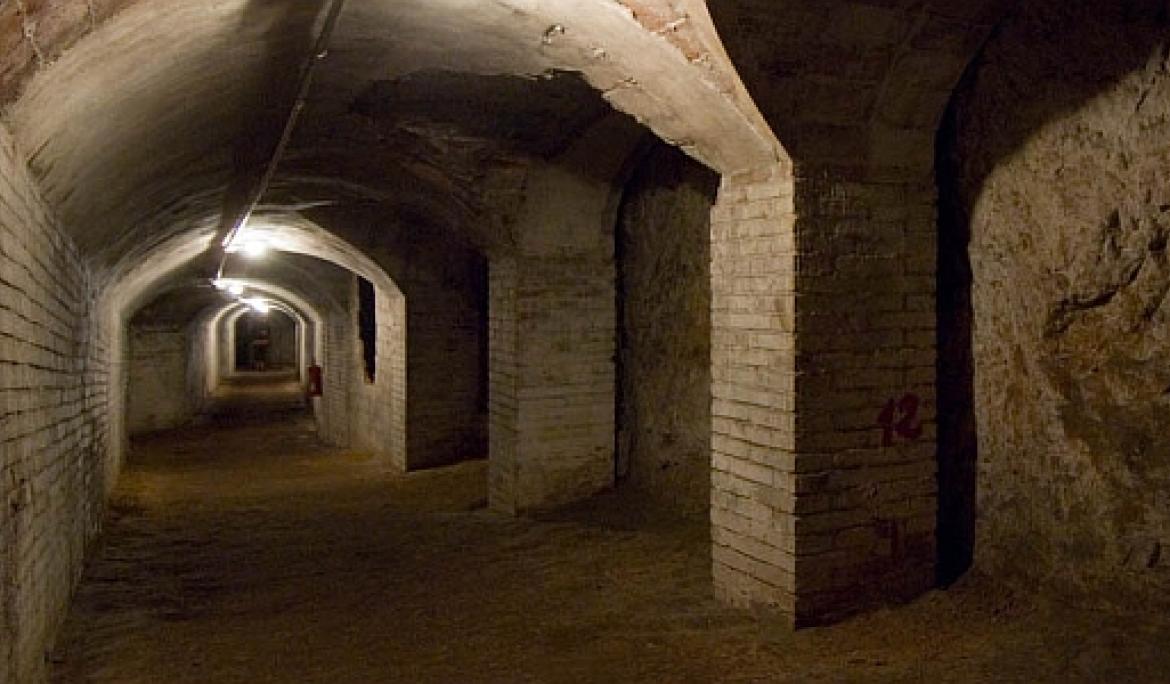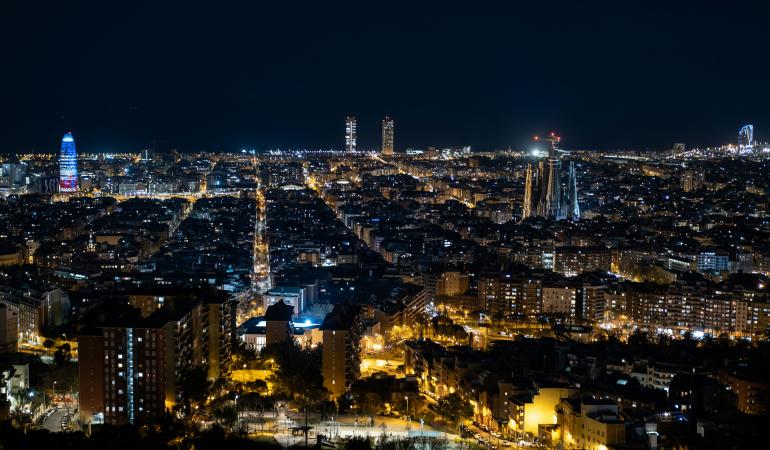Barcelona hides, underground, the scars of a war. Discover the air-raid shelters that still preserve the memory of a city that resisted under the bombs.

Underground memory
Between 1937 and 1939, more than 1,400 shelters were built in the city, many of them with the help of local residents. These were deep tunnels, often located beneath squares or buildings, designed to withstand explosions and shelter dozens of people during air raids.
This silent heritage has resurfaced in recent years as a key part of Barcelona’s collective historical memory. Visiting these shelters means more than discovering a physical space — it’s about understanding the effort of a population that came together to survive.
Air-raid shelters you can visit in Barcelona
- Refugi 307 (Poble-sec)
One of the largest and best preserved. With nearly 400 metres of tunnels dug into the Montjuïc hillside, it included toilets, water fountains, an infirmary, and seating areas. Managed by MUHBA, it offers guided tours.
How to get there: Metro L3 – Poble-sec
- Shelter at Plaça del Diamant (Gràcia)
A hidden gem in the heart of Gràcia. This 250-metre-long shelter offers a glimpse into what it was like for neighbours to descend into the ground when the air-raid sirens sounded. It is part of the MUHBA network.
How to get there: Metro L3 – Fontana
- Shelter Torre de la Sagrera (La Sagrera)
Built around 1937, it was privately owned but also served to protect the neighborhood. Probably powered by delegates from the collectivized United Shoe Machinery company, it was located where Joan Arpí’s tile—belonging to the Tower’s owner—had previously been. Managed by the Casal de Barri and the Casa de la Festa Torre de La Sagrera.
How to get there: Metro - L1, L5, L9N, L10 La Sagrera
Other memory spaces: Although not always open to the public, several public buildings and schools still preserve original shelters in their basements. Remains can also be found in places like the Sant Antoni Market or in some civic centres.
Barcelona’s metro stations also served as air-raid shelters. Fontana station, for example, located nearly 20 metres underground, was a particularly effective shelter during the Civil War thanks to its layout and depth.
A visit with meaning
Walking through an air-raid shelter is like stepping into the shoes of thousands of Barcelonans who sought safety underground while the city shook above. It’s feeling the weight of history in every wall and every stone bench.
Today, thanks to memory recovery initiatives, we can visit these spaces and better understand what it means to resist, to care for one another, and to build community.
Barcelona does not forget
Air-raid shelters are more than historical curiosities — they are a legacy of struggle and hope. Visiting them is an act of remembrance. And with the city’s public transport network, they are easy and convenient to reach.
Because discovering Barcelona also means uncovering the stories hidden beneath your feet.



